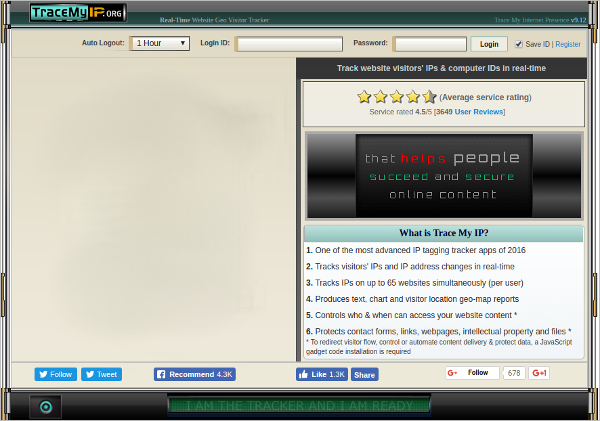
This debug tool allows programmers and system users to quickly find out how a program is interacting with the OS.

Strace is a very handy and useful tool used by system administrators for debugging and diagnostic system and process related problems where the source is not really clear and available when taking a quick and first look. Strace: another easy way to trace a system process Replace “59289” with the real process ID. Killing the rouge process was the best thing to do in this case: kill -9 59289 I do not know how the script came to be running under this user, but this was a vulnerable WordPress installation with many outdated plugins and injected malware that could easily lead to this kind of issues.

The script was most likely piped into the perl process to avoid putting anything on the filesystem where it would leave a trace. There was no script file associated with it, however. Lrwxrwxrwx 1 johndoe johndoe 0 Jun 10 10:05 /proc/59289/exe -> /usr/bin/perl* Replace “user” with your real system user.Īfter that, once you have the suspicious processes listed, use ll command to find out more information using its PID, as seen before:Īs you see, the process claims to be “httpd” to hide itself (any process can change its own process-title), it is actually a perl process: ~] ll /proc/59289/exe Johndoe 59289 4.0 0.0 43568 9528 ? Ss Jun08 110:01 httpdĪs you see, the first thing to find out the process was to use the ps command, as you see below: ps -U user -u user u USER PID %CPU %MEM VSZ RSS TTY STAT START TIME COMMAND The source of the emails was a process running under the “johndoe” user which was appearing to be malicious, and was not what it claimed to be: ~] ps -U johndoe -u johndoe u Still, there was a way the attacker was using the Linux system to send outgoing emails. On one particular website there was an outgoing spam issue that was sending lot of emails, but no malware was found inside the public_html folder, also all email boxes passwords were changed, the same as the FTP/cPanel account password. Let’s see a real life example that happened days ago in a dedicated server I manage. Today we will try to answer all this questions with some quick and easy practical examples. On most of this cases, apparently it is “only” a perl process, but here come a few interesting questions: how do you know where is it coming from? How a Linux system process could mask its real name? What is the most easy and reliable way to find out where this Linux process was started? This issues can happen due to lot of reasons, and sometimes this outgoing spams or attacks are launched from system processes like perl scripts using lot of CPU resources. On shared web hosting servers it is very common to face spam and malware issues. This system tools can help you to identify real system process and their origin.

#IPTRACE LINUX HOW TO#
Please leave us some Feedback.On this post we will show you how to track and trace a Linux process on the system with two tools, ps and strace command line tools. Verify a URL allows secure http connectionsĬheck your DNS Servers for possible problems New!įeedback: If you run into any problems with the site or have an idea that you think would make it better, we would appreciate your feedback. Verify an IP Address allows tcp connections Get Start of Authority record for a domain "blacklist: 127.0.0.2" will do a blacklist lookup)

If you already know exactly what you want, you can force a particular test or lookup. And you'll have a chronological history of your results. Links in the results will guide you to other relevant tools and information. Input a domain name or IP Address or Host Name. All of your MX record, DNS, blacklist and SMTP diagnostics in one integrated tool.


 0 kommentar(er)
0 kommentar(er)
